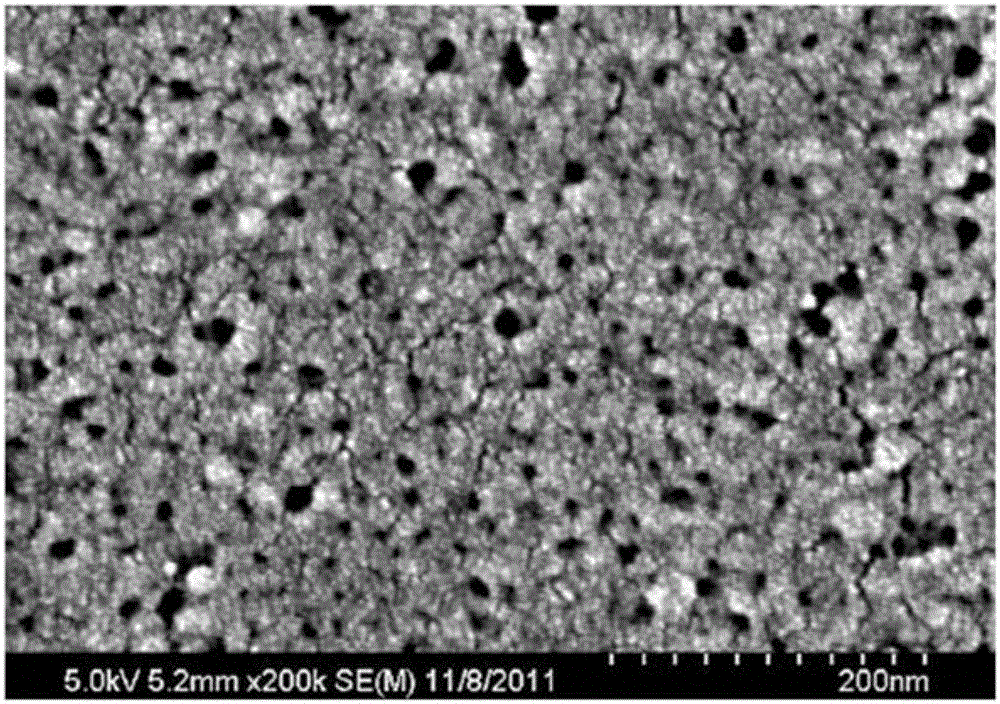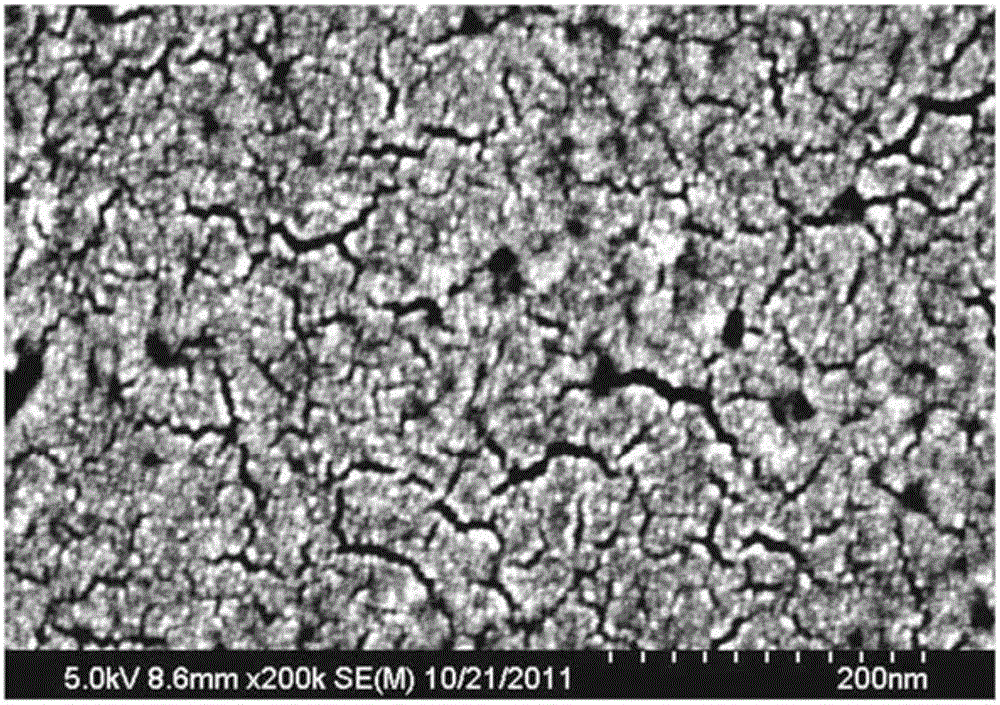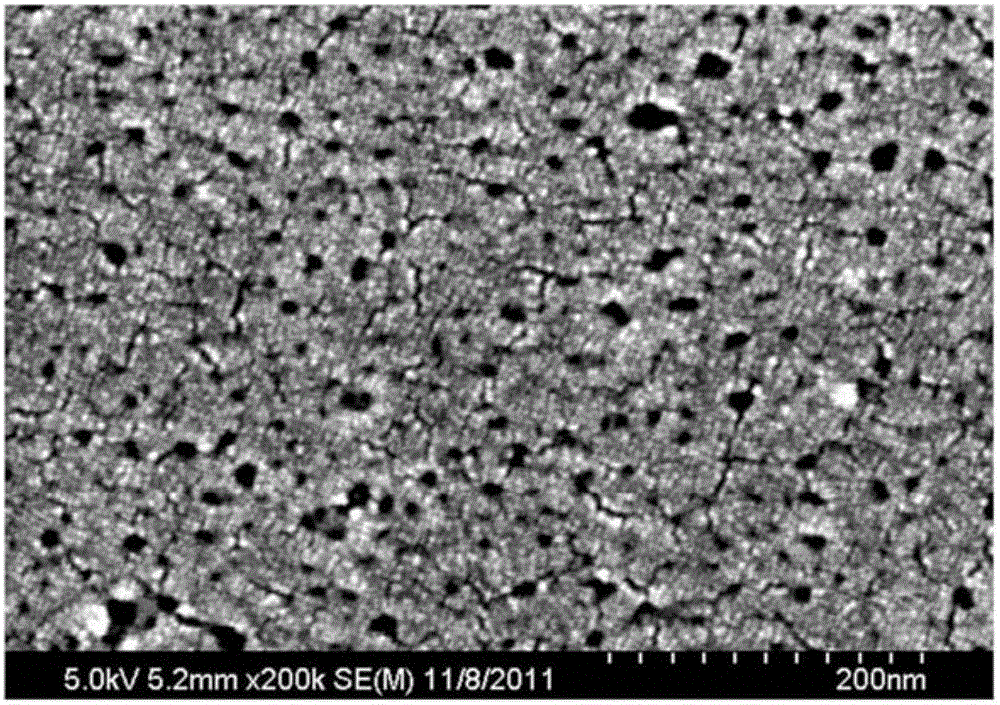Reverse osmosis membrane
A technology of reverse osmosis membrane and polysulfone layer, applied in reverse osmosis, semi-permeable membrane separation, membrane and other directions, can solve the problems of low initial osmosis flux efficiency, deterioration of water purification function, pollution of reverse osmosis membrane, etc. The effect of permeate flux, excellent salt rejection
- Summary
- Abstract
- Description
- Claims
- Application Information
AI Technical Summary
Problems solved by technology
Method used
Image
Examples
Embodiment 1
[0056] The solubility parameter value is 24.9 (J / cm 3 ) 1 / 2 ) of N,N-dimethylformamide (DMF) and solubility parameter value of 26.7 (J / cm 3 ) 1 / 2 ) and dimethyl sulfoxide (DMSO) in a ratio of 90:10 to prepare a mixed solvent, and add 18wt% polysulfone to it, and stir at 80°C for 12 hours or longer to prepare a uniformly mixed liquid phase solution. The resulting solution was cast on a nonwoven polyester fabric having a thickness of 100 μm to obtain a fabric having a thickness of 150 μm, and the resulting fabric was immersed in water to prepare a porous polysulfone support.
[0057] After immersing the prepared porous polysulfone support in an aqueous solution containing 2wt% m-phenylenediamine (mPD) for 2 minutes and taking it out, the excess aqueous solution on the support was removed using a 25 psi roller, and the Dry at room temperature for 1 min.
[0058] Then, the above-mentioned support body was immersed in the ISOL-C solution (SKC company) containing 0.1wt% tribenzo...
Embodiment 2
[0060] A reverse osmosis membrane was prepared in the same manner as in Example 1 except that DMF and DMSO were mixed in a ratio of 80:20.
[0061] Here, images of the polysulfone layer surface analyzed by scanning electron microscopy (SEM) are shown in figure 1 middle.
Embodiment 3
[0063] A reverse osmosis membrane was prepared in the same manner as in Example 1 except that DMF and DMSO were mixed in a ratio of 70:30.
PUM
| Property | Measurement | Unit |
|---|---|---|
| diameter | aaaaa | aaaaa |
| thickness | aaaaa | aaaaa |
| diameter | aaaaa | aaaaa |
Abstract
Description
Claims
Application Information
 Login to View More
Login to View More - R&D
- Intellectual Property
- Life Sciences
- Materials
- Tech Scout
- Unparalleled Data Quality
- Higher Quality Content
- 60% Fewer Hallucinations
Browse by: Latest US Patents, China's latest patents, Technical Efficacy Thesaurus, Application Domain, Technology Topic, Popular Technical Reports.
© 2025 PatSnap. All rights reserved.Legal|Privacy policy|Modern Slavery Act Transparency Statement|Sitemap|About US| Contact US: help@patsnap.com



